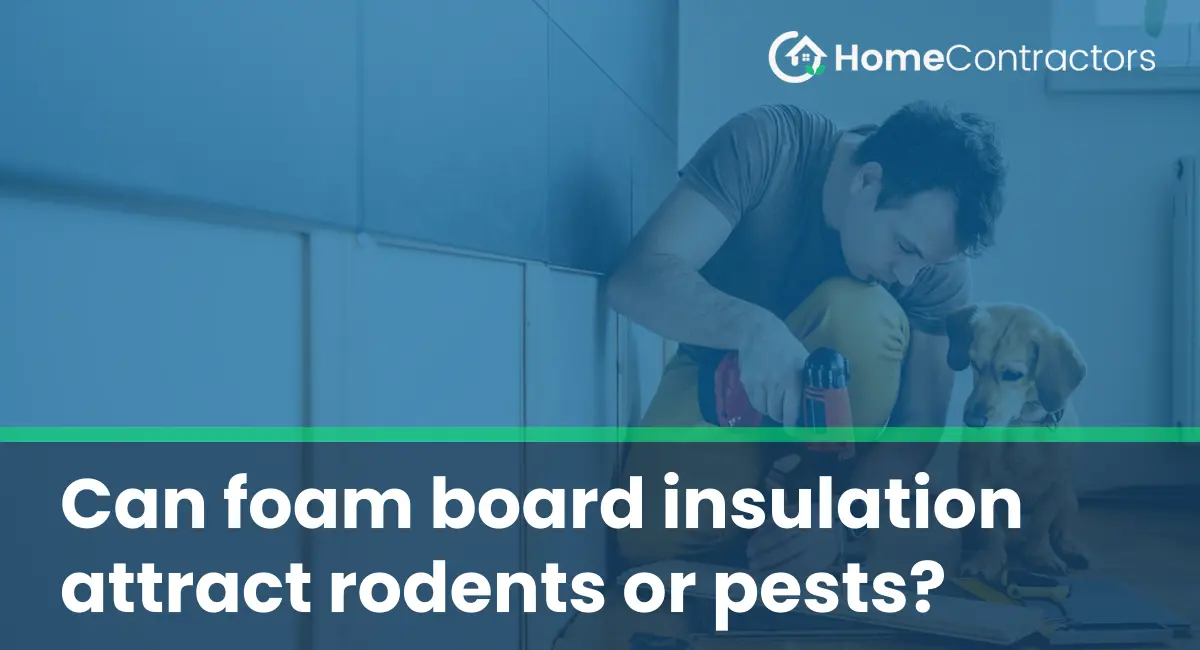Foam board insulation has become one of the most popular choices for insulating homes and buildings due to its excellent thermal properties and cost-effectiveness. However, one concern that homeowners often have is whether foam board insulation can attract rodents or other pests. In this article, we will explore this topic in detail and provide you with the information you need to make an informed decision.
Understanding Foam Board Insulation
Foam board insulation, also known as rigid foam insulation, is a type of insulation made from polystyrene, polyisocyanurate, or polyurethane foam. It is available in various thicknesses and comes in either extruded or expanded forms. Foam board insulation is installed on the interior or exterior of walls, roofs, and other surfaces to prevent the transfer of heat and cold.
The Material Composition of Foam Board Insulation
To understand whether foam board insulation can attract rodents or pests, it’s important to examine its material composition. Most foam board insulations are manufactured with a strong and dense structure that makes it difficult for pests to nest or chew through. The rigid nature of foam boards and their closed-cell structure provide a barrier that prevents pests from accessing the interior of a building.
Factors That Attract Rodents and Pests
While foam board insulation itself may not attract rodents or pests, certain factors in and around your property can make it more hospitable for these unwanted visitors. Some of the factors that can contribute to pest attraction include:
- Food Sources: Rodents and pests are attracted to properties that provide easy access to food. If your property has food sources such as open trash cans or improperly stored pet food, it can increase the likelihood of pests being attracted to your home.
- Water Sources: Moisture can attract pests, so it’s important to ensure that there are no leaking pipes or standing water in or around your property.
- Entry Points: Rodents and pests can enter your home through small cracks, gaps, or openings. Ensuring that your home is properly sealed and there are no entry points can help prevent pest infestations.
Preventing Pest Infestations
To prevent pests from being attracted to your property, there are several steps you can take:
- Keep a Clean Environment: Regularly clean your property, including indoor and outdoor areas, to remove potential food sources and debris that can attract rodents or pests.
- Proper Food Storage: Store food in airtight containers and dispose of garbage in tightly sealed bins to reduce the availability of food sources for pests.
- Seal All Entry Points: Inspect your property for any cracks or openings and seal them properly. This includes gaps around doors, windows, and utility entry points.
- Address Moisture Issues: Repair any leaks or moisture problems in and around your property to eliminate water sources that attract pests.
Foam board insulation itself is not attractive to rodents or pests due to its material composition and rigid structure. However, certain factors such as the availability of food sources, water sources, and entry points can make your property more hospitable for pests. By taking preventive measures and maintaining a clean environment, you can reduce the likelihood of attracting rodents or pests to your home.
